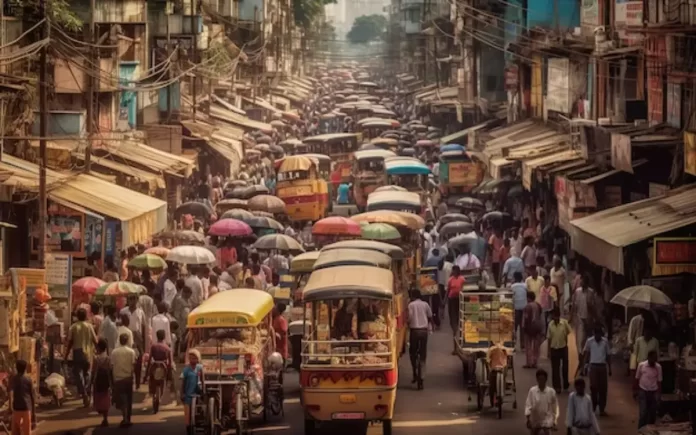New Delhi: As Japan and China grapple with their demographic challenges, a stark warning emerges for India: unless immediate action is taken, it could soon face a similar fertility crisis. Recent research published in The Lancet journal underscores a drastic decline in India’s fertility rate, plummeting from 6.2 in 1950 to under 2 in 2021. Projections paint a dire picture, with the rate anticipated to plummet to 1.29 by 2050 and a mere 1.04 by 2100.
The significance lies in the fact that a fertility rate of 2.1 is considered the replacement level. With longevity on the rise and fertility dwindling, India stands on the brink of a demographic precipice akin to the unfolding scenarios in China and Japan.
Read More: Romanian Agency Embraces AI to Facilitate EU Fund Access for Farmers
Challenges Ahead
An aging population presents a labyrinth of challenges. The government faces mounting pressure to allocate more resources to healthcare and social security while contending with a shrinking workforce vital for economic sustenance. Furthermore, this demographic shift exacerbates societal wealth disparities, potentially intensifying gender imbalances as families favor male offspring, compounding the demographic crisis.
Calls to Action
Experts issue a clarion call for proactive measures. Poonam Muttreja, head of the Population Foundation of India, stresses the urgency: “While these challenges are still a few decades away for India, we need to start acting now with a comprehensive approach for the future.” She advocates for economic policies fostering growth and job creation, coupled with social security and pension reforms to mitigate the impacts of declining fertility rates.
Read More: Embracing the Vibrancy of Holi: A Celebration of Renewal and Joy
Avoiding the Middle-Income Trap
Failure to address these challenges could consign India to the middle-income trap, halting its ascent before achieving high-income status. Despite a median age slightly over 30 and a continuously expanding population—expected to surpass 1.6 billion by 2050 according to the United Nations—India’s demographic dividend hangs in the balance.
Maximizing Demographic Potential
India’s youthful demographic presents an opportunity, but swift action is imperative. Professor Ritu Priya of Jawaharlal Nehru University warns, “A burgeoning aging population is socially and economically unviable,” citing the examples of China and Japan importing younger labor forces to offset demographic imbalances.
Read More: North Korea Signals Potential Summit as Japan Seeks Dialogue
As India navigates these critical junctures, the urgency to implement strategic policies and initiatives cannot be overstated. The nation stands at a crossroads, poised to harness its demographic advantage or succumb to the looming specter of demographic decline.



